Related Research Articles

Film noir is a cinematic term used primarily to describe stylish Hollywood crime dramas, particularly those that emphasize cynical attitudes and motivations. The 1940s and 1950s are generally regarded as the "classic period" of American film noir. Film noir of this era is associated with a low-key, black-and-white visual style that has roots in German Expressionist cinematography. Many of the prototypical stories and much of the attitude of classic noir derive from the hardboiled school of crime fiction that emerged in the United States during the Great Depression.
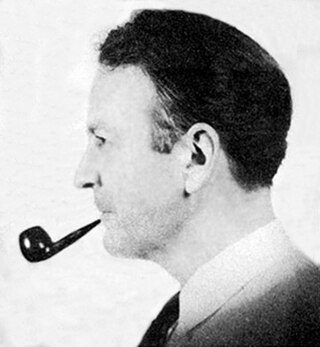
Raymond Thornton Chandler was an American-British novelist and screenwriter. In 1932, at the age of forty-four, Chandler became a detective fiction writer after losing his job as an oil company executive during the Great Depression. His first short story, "Blackmailers Don't Shoot", was published in 1933 in Black Mask, a popular pulp magazine. His first novel, The Big Sleep, was published in 1939. In addition to his short stories, Chandler published seven novels during his lifetime. All but Playback have been made into motion pictures, some more than once. In the year before his death, he was elected president of the Mystery Writers of America.

The Big Sleep (1939) is a hardboiled crime novel by American-British writer Raymond Chandler, the first to feature the detective Philip Marlowe. It has been adapted for film twice, in 1946 and again in 1978. The story is set in Los Angeles.

Mystery is a fiction genre where the nature of an event, usually a murder or other crime, remains mysterious until the end of the story. Often within a closed circle of suspects, each suspect is usually provided with a credible motive and a reasonable opportunity for committing the crime. The central character is often a detective, who eventually solves the mystery by logical deduction from facts presented to the reader. Some mystery books are non-fiction. Mystery fiction can be detective stories in which the emphasis is on the puzzle or suspense element and its logical solution such as a whodunit. Mystery fiction can be contrasted with hardboiled detective stories, which focus on action and gritty realism.
Philip Marlowe is a fictional character created by Raymond Chandler, who was characteristic of the hardboiled crime fiction genre. The hardboiled crime fiction genre originated in the 1920s, notably in Black Mask magazine, in which Dashiell Hammett's The Continental Op and Sam Spade first appeared. Marlowe first appeared under that name in The Big Sleep, published in 1939. Chandler's early short stories, published in pulp magazines such as Black Mask and Dime Detective, featured similar characters with names like "Carmady" and "John Dalmas", starting in 1933.
Black Lizard was an American book publisher. A division of the Creative Arts Book Company of Berkeley, California, Black Lizard specialized in reprinting forgotten crime fiction and noir fiction writers and novels originally released between the 1930s and the 1960s, many of which are now acknowledged as classics of their genres.
Marlowe may refer to:

Crime is a typically 19th-, 20th- and 21st-century genre, dominated by British and American writers. This article explores its historical development as a genre.
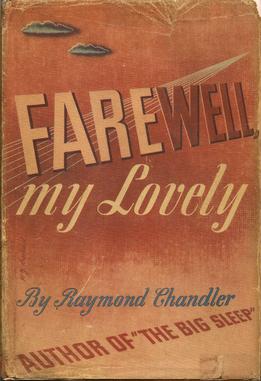
Farewell, My Lovely is a novel by Raymond Chandler, published in 1940, the second novel he wrote featuring the Los Angeles private eye Philip Marlowe. It was adapted for the screen three times and was also adapted for the stage and radio.
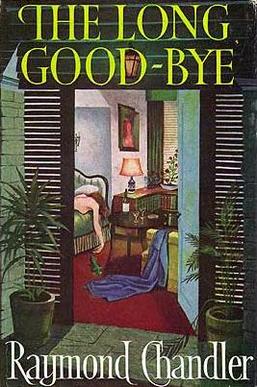
The Long Good-bye is a novel by Raymond Chandler, published in 1953, his sixth novel featuring the private investigator Philip Marlowe. Some critics consider it inferior to The Big Sleep or Farewell, My Lovely, but others rank it as the best of his work. Chandler, in a letter to a friend, called the novel "my best book".
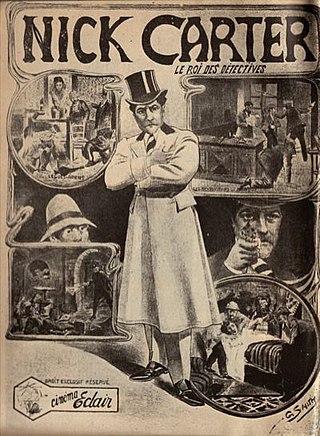
A mystery film is a genre of film that revolves around the solution of a problem or a crime. It focuses on the efforts of the detective, private investigator or amateur sleuth to solve the mysterious circumstances of an issue by means of clues, investigation, and clever deduction.
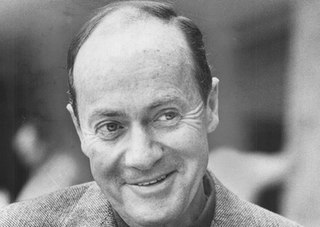
Ross Macdonald was the main pseudonym used by the American-Canadian writer of crime fiction Kenneth Millar. He is best known for his series of hardboiled novels set in Southern California and featuring private detective Lew Archer. Since the 1970s, Macdonald's works have received attention in academic circles for their psychological depth, sense of place, use of language, sophisticated imagery and integration of philosophy into genre fiction.

Hardboiled fiction is a literary genre that shares some of its characters and settings with crime fiction. The genre's typical protagonist is a detective who battles the violence of organized crime that flourished during Prohibition (1920–1933) and its aftermath, while dealing with a legal system that has become as corrupt as the organized crime itself. Rendered cynical by this cycle of violence, the detectives of hardboiled fiction are often antiheroes. Notable hardboiled detectives include Dick Tracy, Philip Marlowe, Mike Hammer, Sam Spade, Lew Archer, Slam Bradley, and The Continental Op.
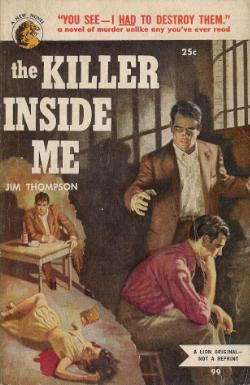
Noir fiction is a subgenre of crime fiction.

The Little Sister is a 1949 novel by Raymond Chandler, his fifth featuring the private investigator Philip Marlowe. The story is set in Los Angeles in the late 1940s and follows Marlowe's investigation of a missing persons case and blackmail scheme centered around a Hollywood starlet. With several scenes involving the film industry, the novel was partly inspired by Chandler's experience working as a screenwriter in Hollywood and his low opinion of the industry and most of the people in it. The book was first published in the UK in June 1949 and was released in the United States three months later.

Christopher G. Moore is a Canadian writer of twenty-seven novels, six works of non-fiction, editor of three anthologies, and author of four radio dramas. He is best known for his trilogy A Killing Smile (1991), A Bewitching Smile (1992) and A Haunting Smile (1993), a behind-the-smiles study of his adopted country, Thailand, and for his Vincent Calvino Private Eye series set in Bangkok. His novels have been translated into German, French, Italian, Portuguese, Hebrew, Japanese, Chinese, Spanish, Turkish, Norwegian, Polish, Russian and Thai.

Gunnar Staalesen is a Norwegian writer. He is a major figure in the Nordic noir crime fiction genre through his 19 novels featuring Varg Veum, a private detective in Bergen on the rainy west coast of Norway. The Varg Veum series has been praised as one of the best in modern crime fiction, and Staalesen has sold more than 5 million books in 26 countries. Staalesen is also a screenwriter and a playwright who has worked extensively with Den Nationale Scene, the largest theatre in Bergen.
Washington Square was an entertainment area in Bangkok, Thailand, located for many years at Sukhumvit Soi 22, near the Phrom Phong skytrain station. It contained bars, restaurants, massage parlors and a katoey theatre. Popular mainly with Bangkok expatriates, Middle East oil field workers and older, male, white Americans including many Vietnam War veterans, Bourbon Street was well known for serving Cajun and Creole food and was written up by the Bangkok Post in 2005.
Philip Marlowe is a 1959–1960 half-hour ABC crime series, featuring Philip Carey as Marlowe, the fictional detective created by Raymond Chandler.
References
- ↑ Schreiber, Mark. "Hard-hitting Bangkok PI knows how to Thai one on". The Japan Times. Archived from the original on 2011-06-07. Retrieved 2009-06-29.
- ↑ Grady, James. "Dance Me to the End of Time #17". Archived from the original on 2020-08-13.
- ↑ "2011 Shamus Award Nominees Announced" . Retrieved 2011-08-29.
- ↑ Evans, Chad A (2015). Vincent Calvino's World; A Noir Guide to Southeast Asia. Asia Document Bureau, Ltd. ISBN 9786167503332 . Retrieved 1 November 2020.